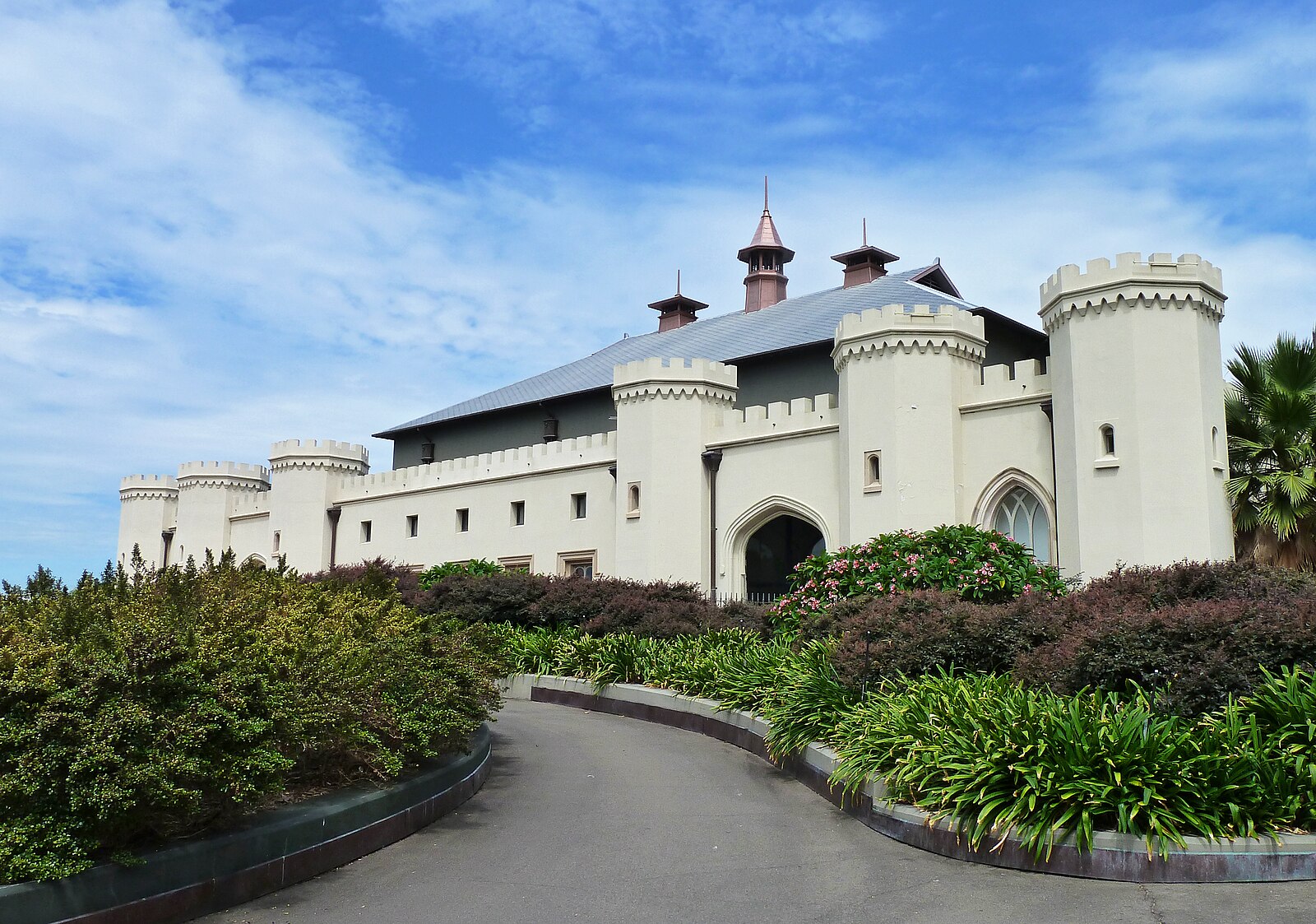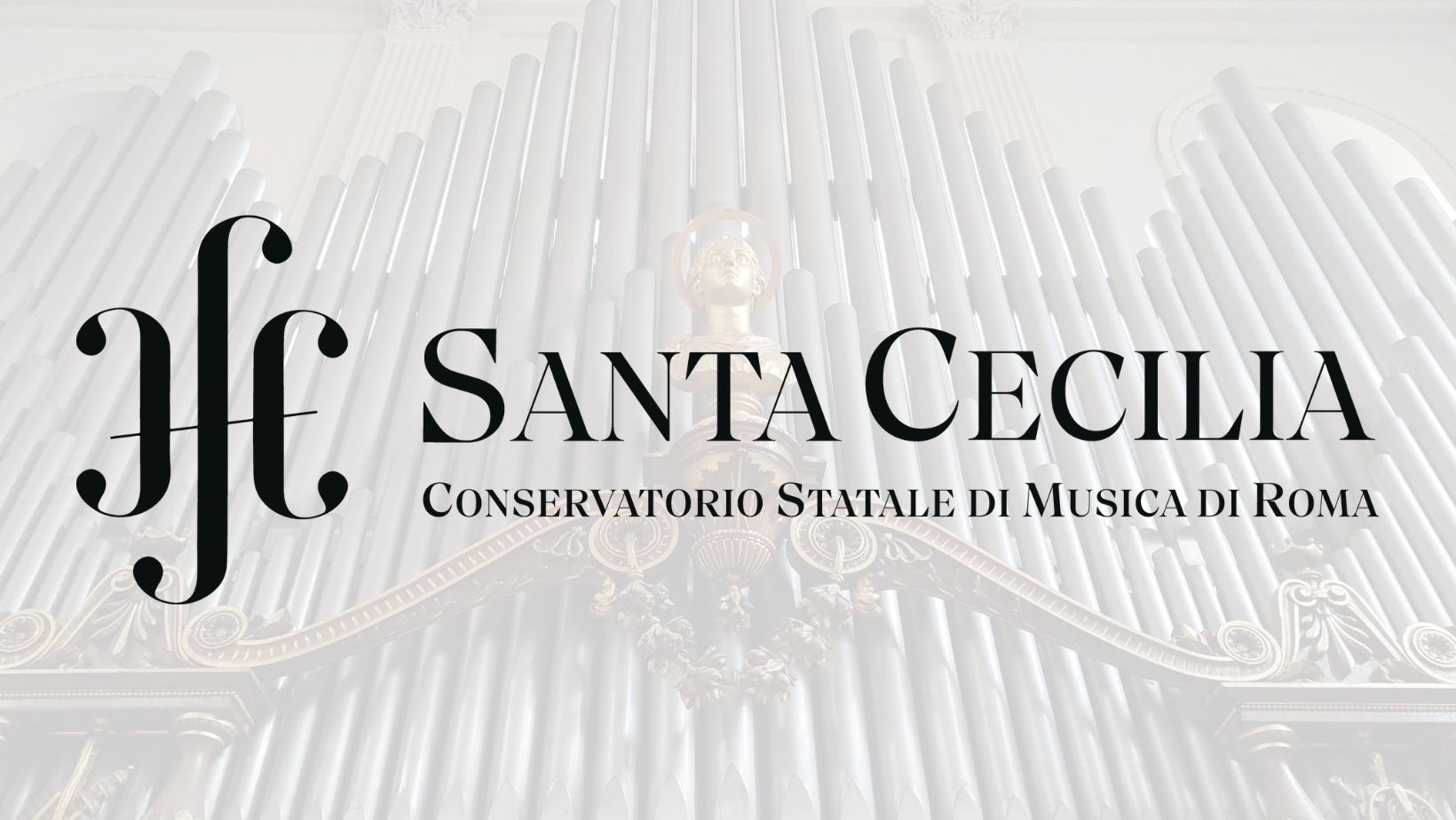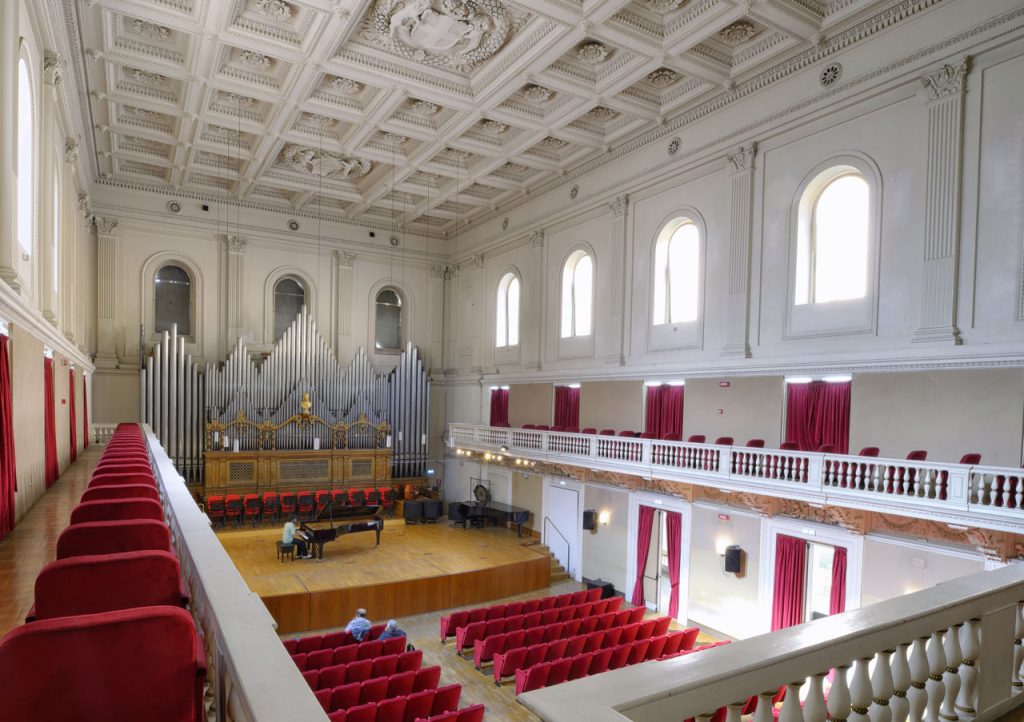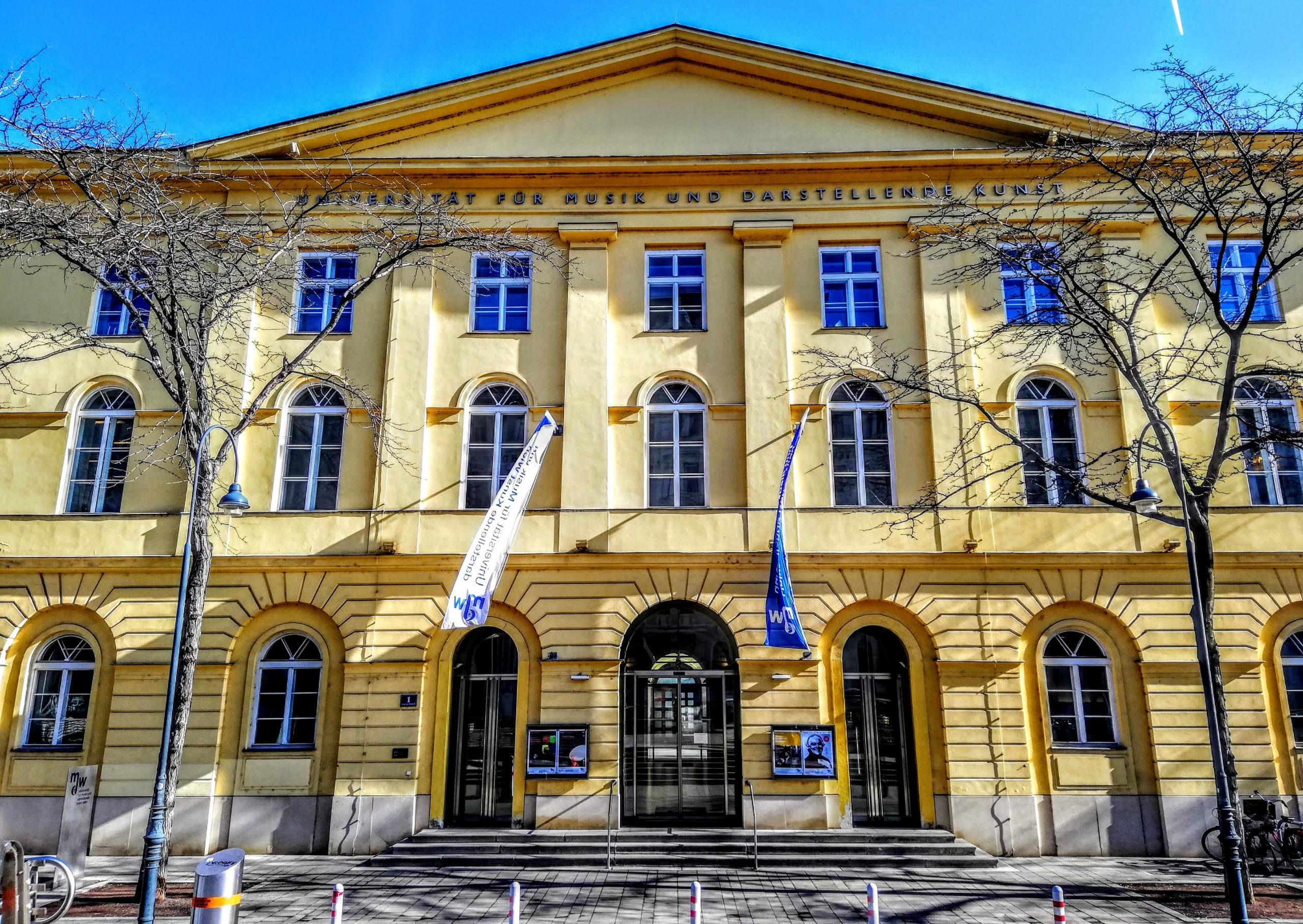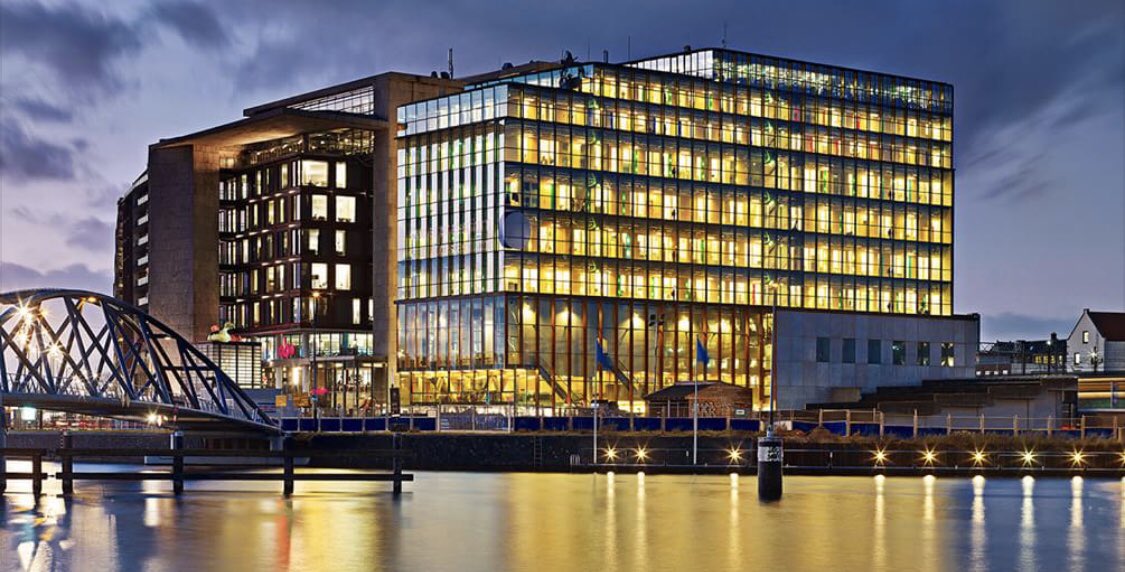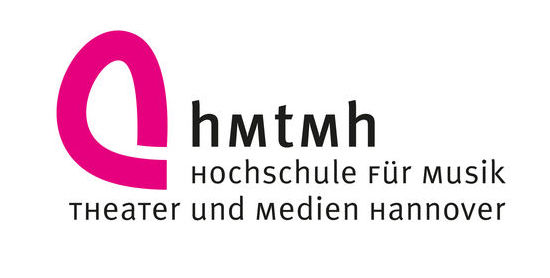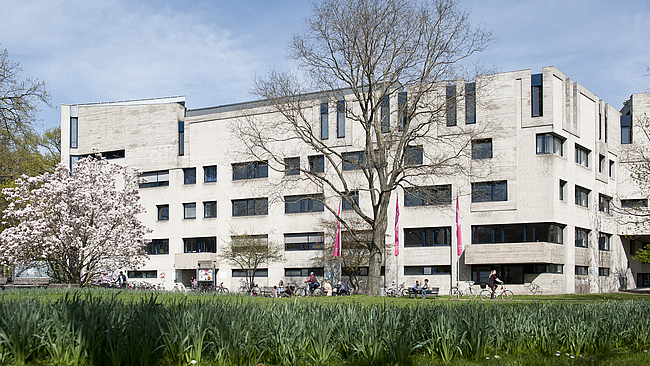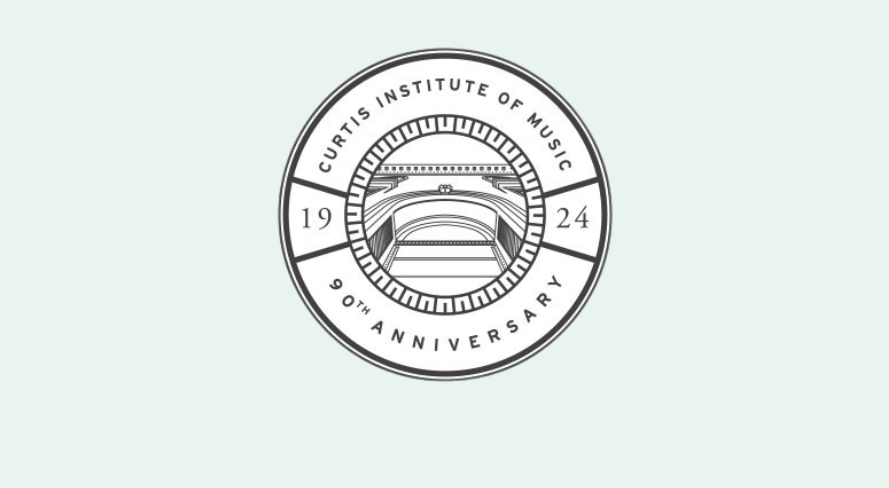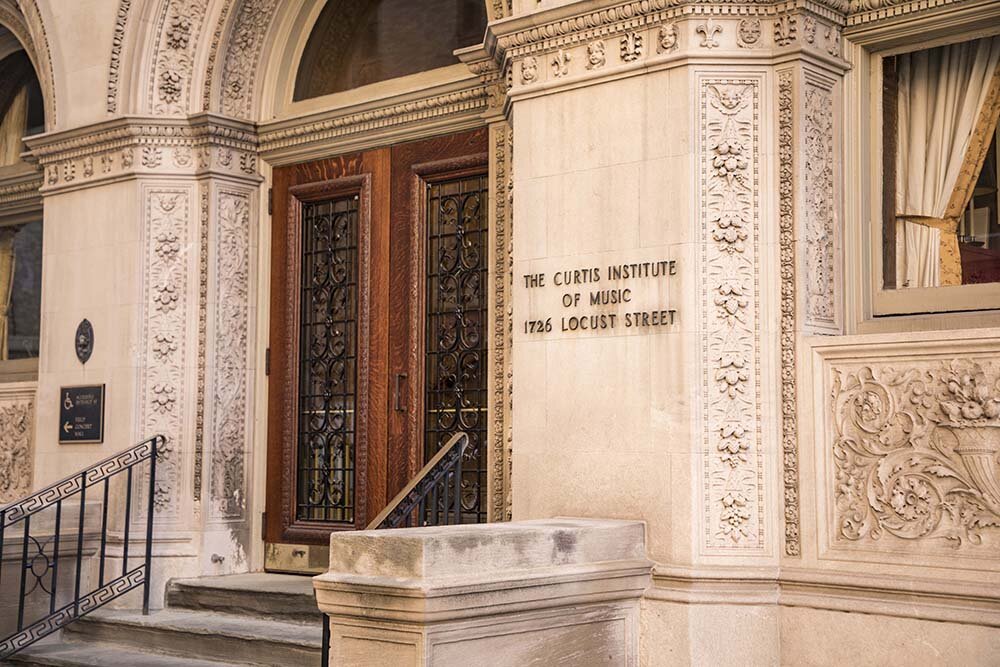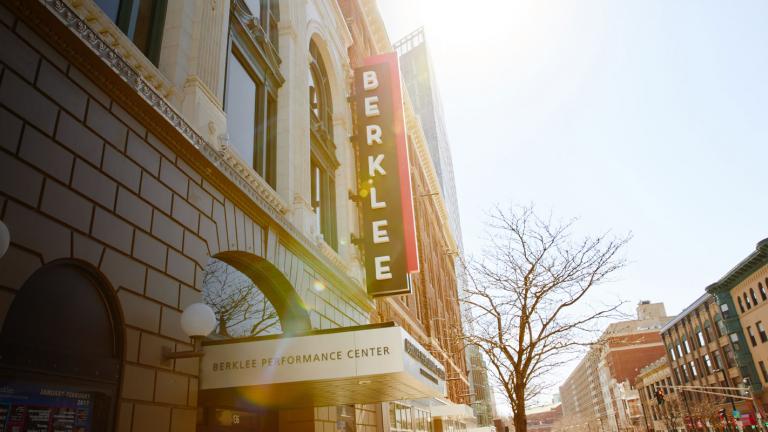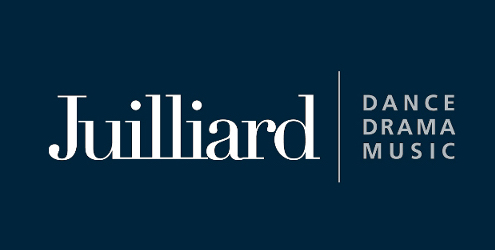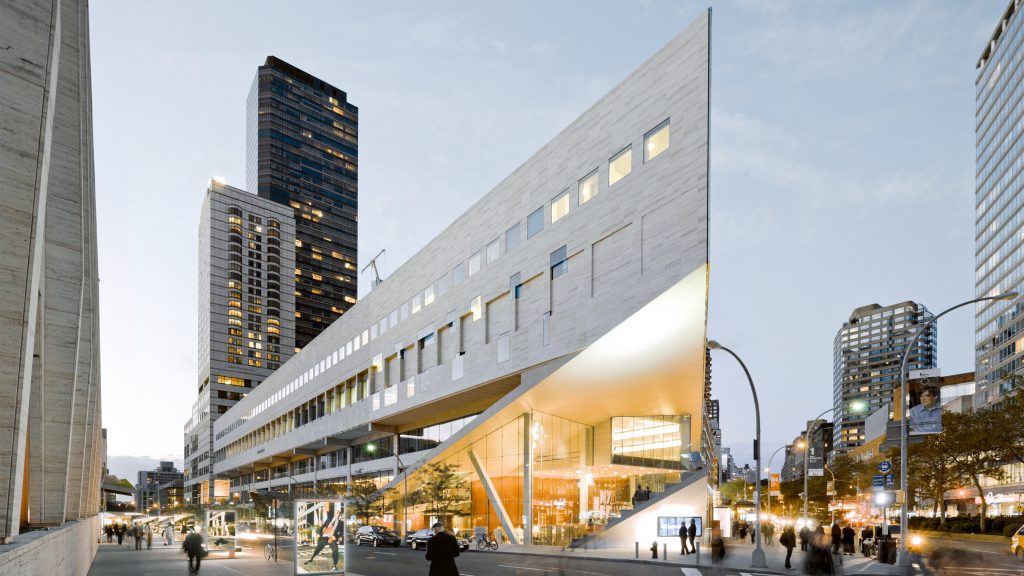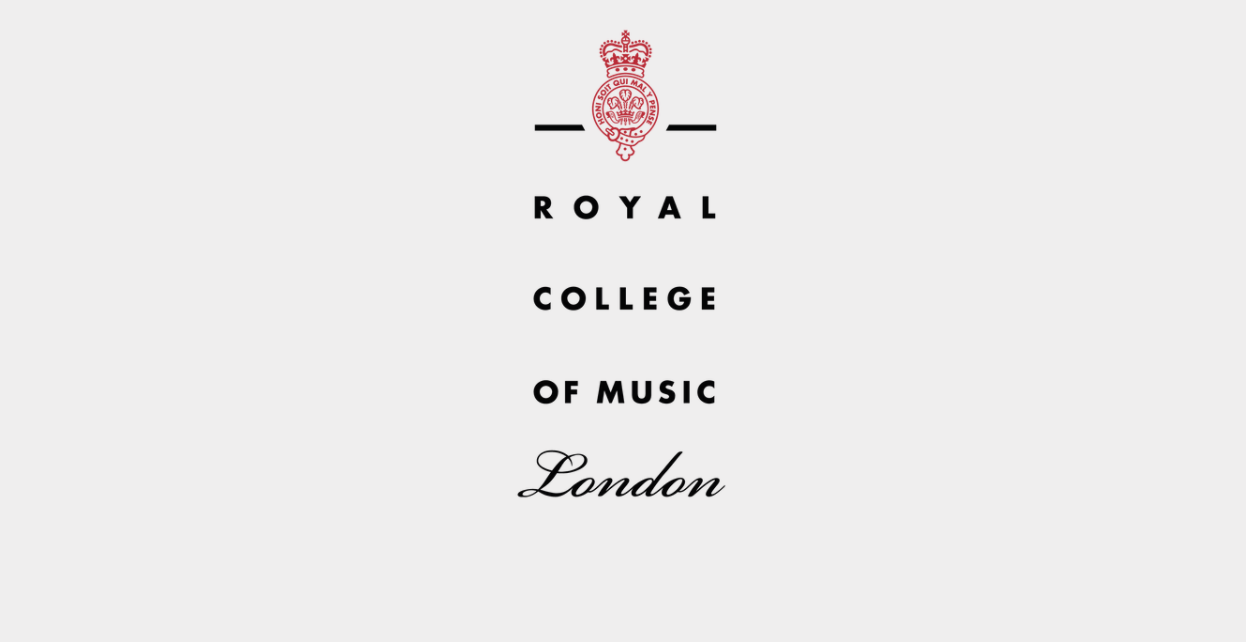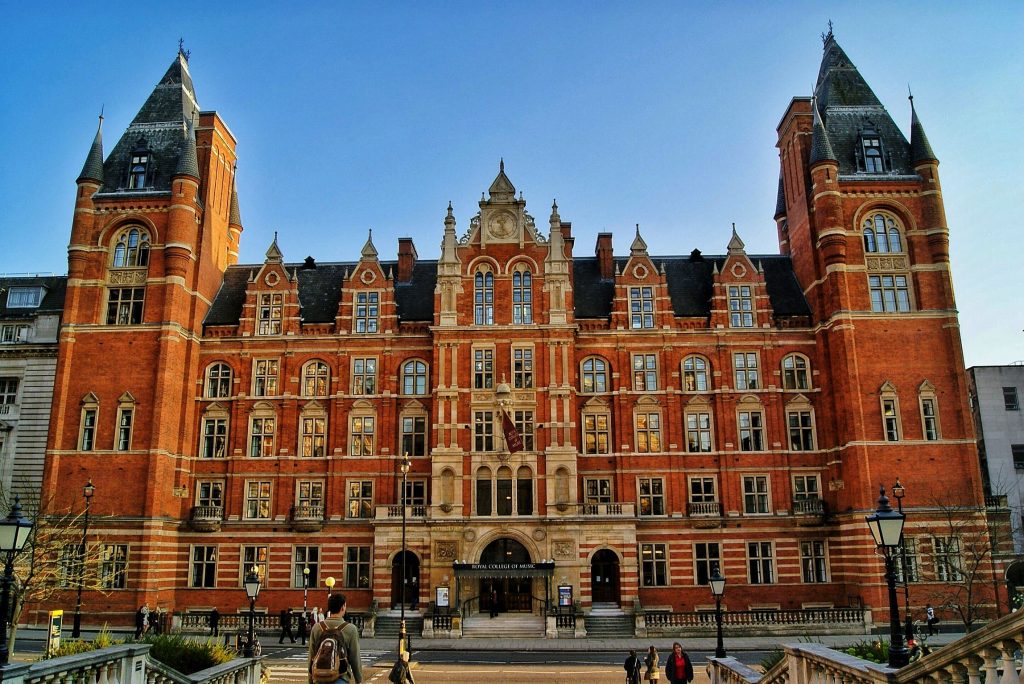Sydney Conservatorium of Music
Rich history, Prestigious Status
The Sydney Conservatorium of Music stands as a beacon of world-class musical education and performance in Australia.
Nestled in the heart of Sydney, adjacent to the Royal Botanic Gardens, the Sydney Conservatorium of Music (often referred to as “The Con”) is not only a leading institution for music education in Australia but also a site of deep historical and architectural significance.
The Conservatorium’s origins date back to 1915, when it was established under the direction of Belgian conductor Henri Verbrugghen. From its inception, it sought to offer a standard of musical education on par with Europe’s leading conservatories, and Verbrugghen’s creation of Australia’s first full-time orchestra further cemented the institution’s prestige. Over the years, its role in shaping Australia’s musical landscape has been significant, particularly through its focus on fostering both performance and academic excellence in music.
The building itself, designed by colonial architect Francis Greenway in the early 19th century, began its life not as a school but as stables for the New South Wales Governor’s horses. The gothic-style structure, with its distinctive castellated design, was later adapted into the Conservatorium, and further renovations and expansions have blended modern functionality with the building’s historical character. The major upgrades in the early 2000s preserved its architectural integrity while adding state-of-the-art facilities like concert halls, recital rooms, and practice spaces, making it a unique blend of heritage and contemporary design.
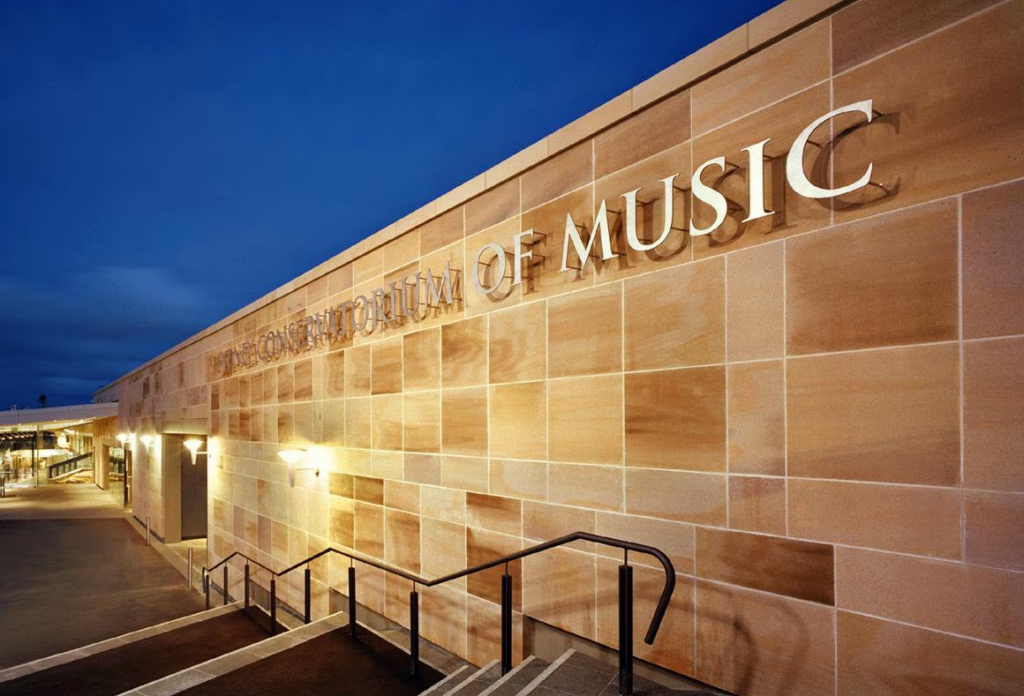
Throughout its history, the Conservatorium has been led by notable figures who have played pivotal roles in shaping its direction. Among them, Sir Eugene Goossens transformed it into a world-class institution during his tenure, nurturing talents like the famed soprano Joan Sutherland. Over the decades, The Con has produced countless leading figures in classical music, including performers, conductors, and composers who have made their mark on the international stage.
Today, as part of the University of Sydney, the Conservatorium offers a wide array of programs that span classical, jazz, contemporary, and electronic music, along with musicology and composition. It continues to be a key player in Sydney’s vibrant cultural scene, hosting performances, lectures, and workshops throughout the year, both for students and the public. Its historic Verbrugghen Hall, with its superb acoustics, remains a cherished venue for major concerts.
The Sydney Conservatorium of Music remains a cornerstone of Australia’s musical heritage, committed to nurturing the next generation of musicians while preserving the legacy of its storied past. Whether through innovative research, cutting-edge performances, or its world-class faculty, it continues to play a central role in the cultural fabric of Sydney and beyond.

